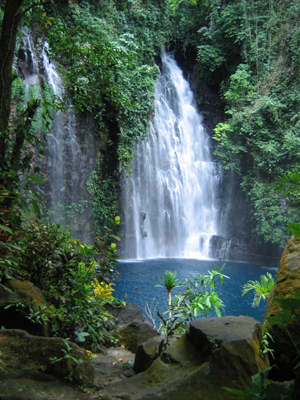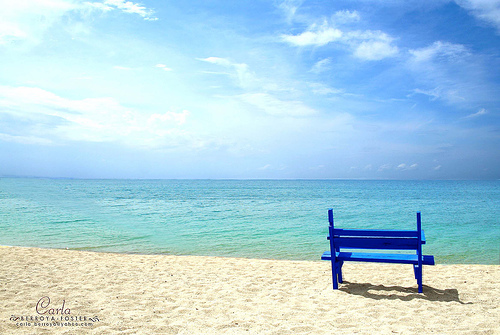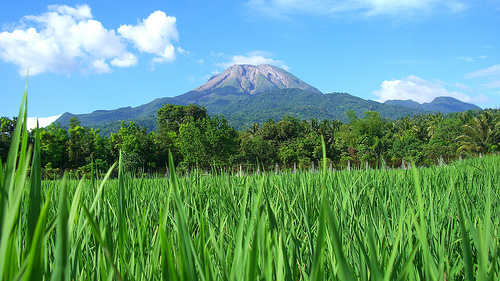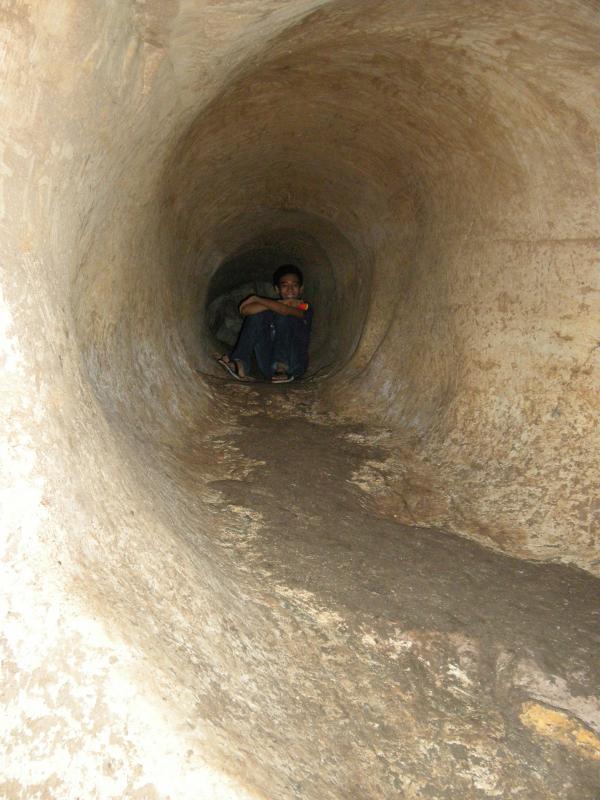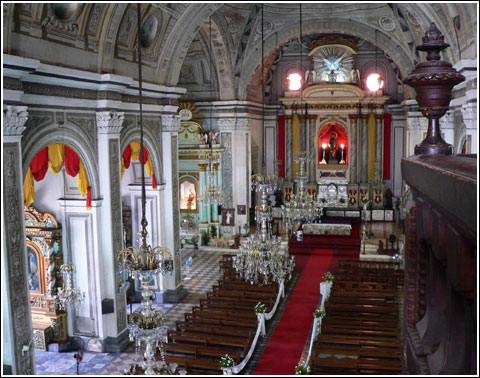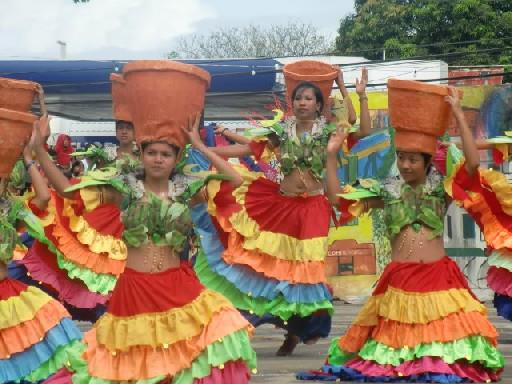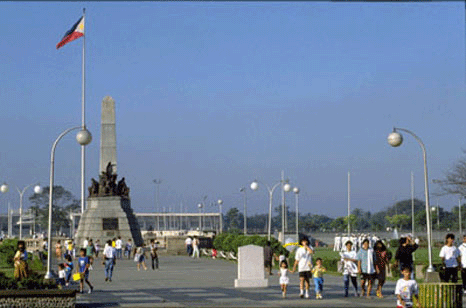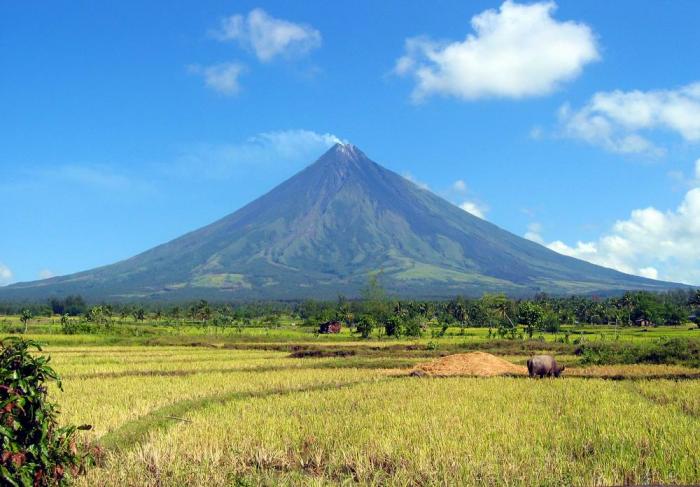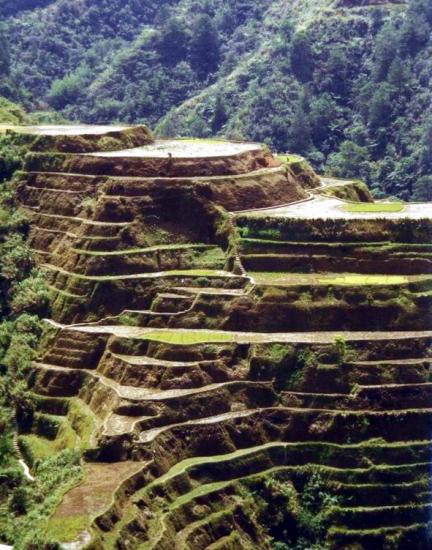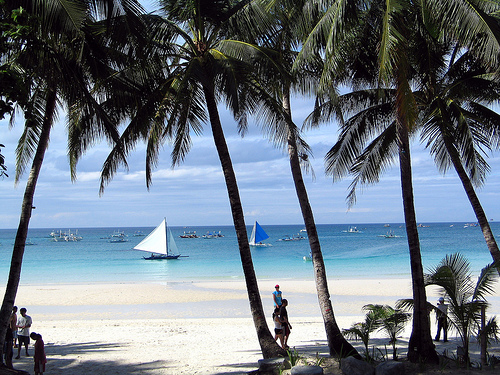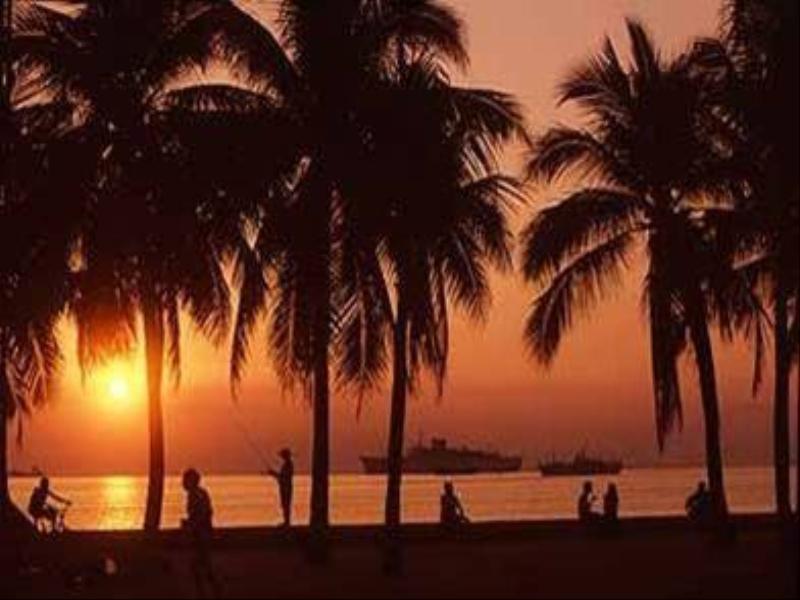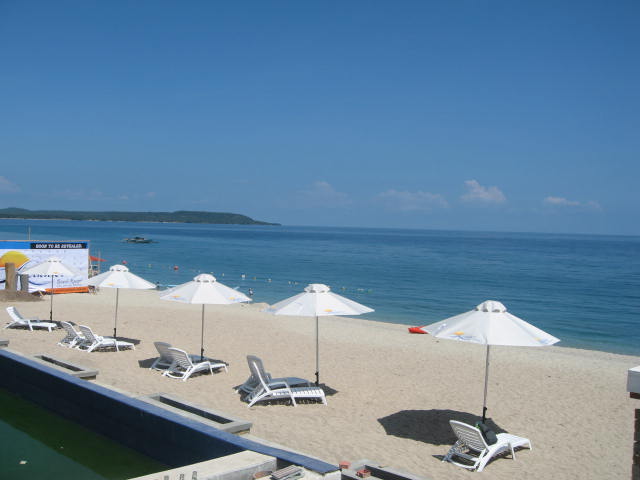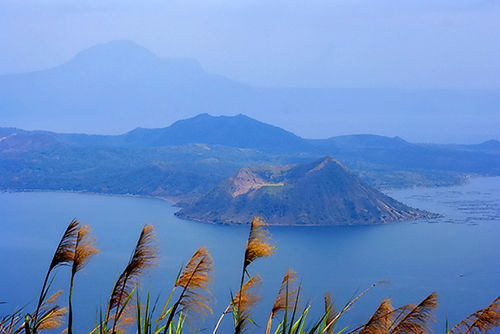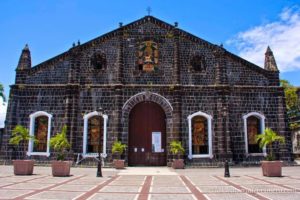 Photo from: http://simple-joys-of-midlife.blogspot.com/2015_04_01_archive.html
Photo from: http://simple-joys-of-midlife.blogspot.com/2015_04_01_archive.html
The Saint John the Baptist Parish Church commonly known as Tabaco Church, is a Roman Catholic Church in the municipality of Tabaco, Albay, Philippines under the jurisdiction of the Roman Catholic Diocese of Legazpi.
The church of Tabaco was founded by the Franciscans under the advocacy of Saint John the Baptist and became an independent parish in 1616. It was also declared a National Cultural Treasure of the Philippines.
The church is built out of dark volcanic soil and stones found in the area. One unusual characteristic of the church is the presence of mason’s marks on stones used for the construction of the church building, a rare feature in the Philippines. Its unusual floor plan contains compartments for which there is currently no explanation. It is known for its beautiful and bell tower embedded with rococo designs. Read More: https://en.wikipedia.org/wiki/Tabaco_Church

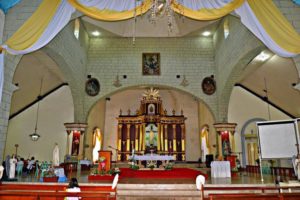 Photo from: https://nicerioadventures.blogspot.com/2016/04/albay-camalig-church.html
Photo from: https://nicerioadventures.blogspot.com/2016/04/albay-camalig-church.html
Like any famous churches in Albay, the foundation of St. John the Baptist Church are volcanic stones – carved and hand-crafted by ancestors of Camaligueños.
The entrance of the church is somehow different from other churches because of its incline pathway and the floor of the church is somehow above half-meter from the ground. I am not sure why it was made like that but it sure does got my attention.
By the way did you know that St. John the Baptist Church was declared to be one of the National Cultural Treasure? Read More: http://orgolyo.blogspot.com/2016/03/my-2016-seven-churches-for-visita-iglesia-in-albay.html
ST. JOHN THE BAPTIST/
CAMALIG/TABACO CHURCH
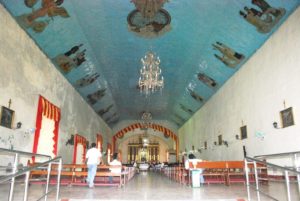 Photo from: http://benjielayug.com/2015/04/stopover-church-of-st-john-the-baptist-camalig-albay.html
Photo from: http://benjielayug.com/2015/04/stopover-church-of-st-john-the-baptist-camalig-albay.html
Located in the municipality of Camalig in the province of Albay, Camalig Church is one of the most beautiful historical religious structure in the province of Albay. Also called the Church of Saint John the Baptist, Camalig Church was built in 1605 several decades after the first Augustinian missionaries introduced the faith to the people of the province.
However, the 1814 Mayon Volcano eruption devastated the town of Cagsawa and totally destroyed the neighboring towns of Cagsawa and Budiao. Luckily the church was spared from the devastation but the townspeople decided to relocate the town to the safety of the mountains. They first settled in the place called Palanog, then to Kitapunte, and then to Baligang. However, a fire razed the new settlement and the towns-folks decided to return and reoccupy the original town they left behind.
The church was still intact when the townspeople returned so they decided to use it instead of building a new one. After decades of servicing the people, Camalig Church underwent major renovations in 1842. The church facade was rebuilt using solid blocks of volcanic rocks from Mayon Volcano herself. The renovation was finally completed in 1848. Read more: https://nicerioadventures.blogspot.com/2016/04/albay-camalig-church.html
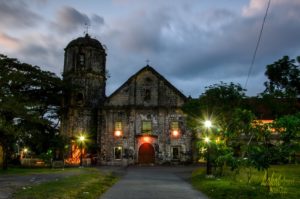 Photo from: http://lakat-travel.blogspot.com/2013/01/albay-camalig-church.html
Photo from: http://lakat-travel.blogspot.com/2013/01/albay-camalig-church.html
TABLE OF CONTENTS
Albay, Home of Perfect-Cone Mayon Volcano
Interesting Places to See in Albay
Have a Lot of Fun in Albay
Albay Photo Gallery
Albay Video Collection

